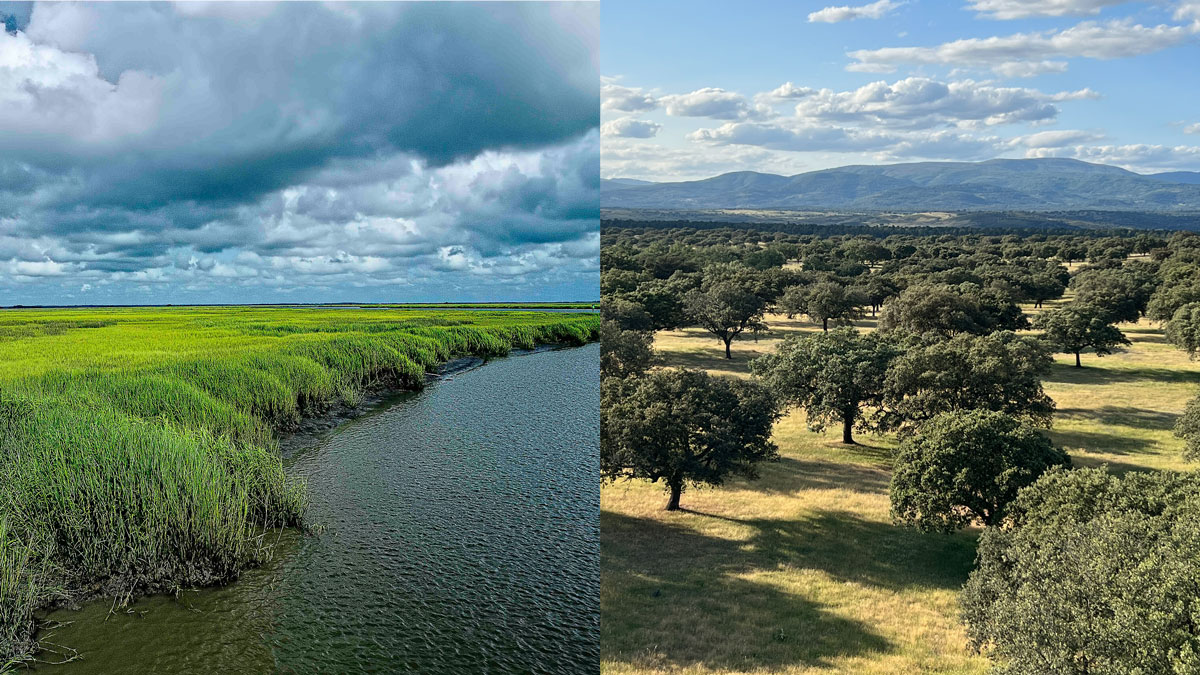Source: Journal of Geophysical Research: Biogeosciences
Many ecosystems on Earth are affected by pulses of activity: temperature swings between seasons, incoming and outgoing tides, the yearly advent of rainy periods. These variations can play an important role in providing nutrients and other important inputs, but climate change often makes the amplitude of these pulses more extreme, with sometimes catastrophic results.
We need better data on the effects of changes to these pulses of activity, argues Lee. The author describes ongoing efforts to gather such data using the eddy covariance method, which measures exchanges between ecosystems and the atmosphere. The work focuses on fluxes in drylands and coastal blue carbon ecosystems—two ends of the dryness spectrum that are home to high levels of biodiversity and carbon storage and that are under increasing threats from climate change.
Scientists are gathering data from networks of flux towers, with plans to expand their data collection methods, for example, pairing mobile measuring devices with existing towers and synergizing flux data with other measurements. These strategies are increasingly important, the author notes, for assessing unconventional water inputs such as tides and condensation during dry conditions, as well as considering how disturbances like wildfire smoke and dust storms affect ecosystem function. The author argues that understanding how ecosystems are adapting to recent changes to these and other factors is crucial for refining Earth system models and constructing more accurate predictions of how ecosystems will adapt—or fail to adapt—in the future.
The author and his colleagues are also exploring the use of machine learning for Earth science endeavors and are pursuing hybrid approaches that combine process-based models with machine learning techniques. A key advantage of hybrid models is their usefulness in solving parameterization problems and the option to incorporate additional data sources, he notes. These advances could help unlock the potential of flux data to reveal crucial insights about our changing world. (Journal of Geophysical Research: Biogeosciences, https://doi.org/10.1029/2025JG009249, 2025)
—Nathaniel Scharping (@nathanielscharp), Science Writer



